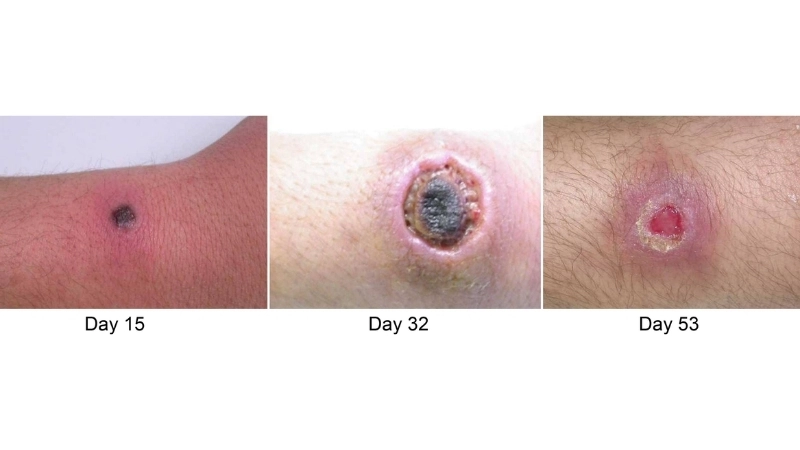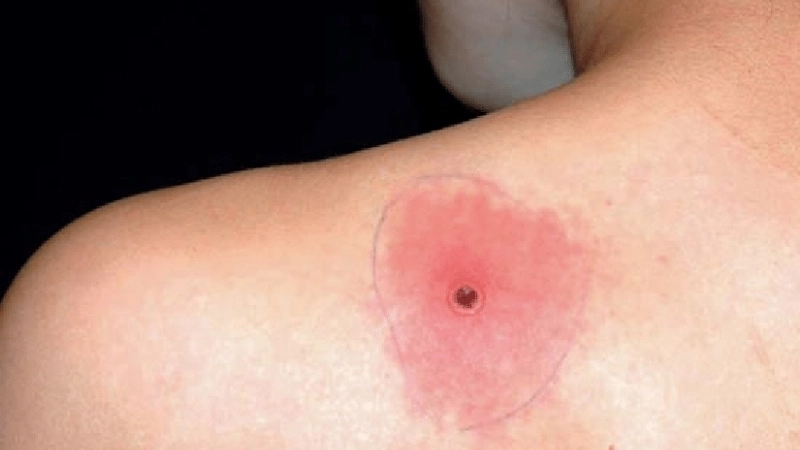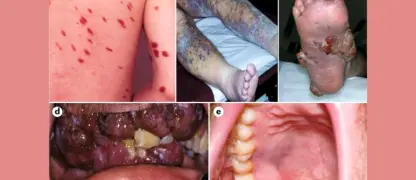Cowpox is a rare viral infection that can affect humans and animals. Understanding its causes, symptoms, and prevention is essential to protect yourself and your loved ones.
What are the main causes of cowpox?
- Cowpox is primarily caused by the cowpox virus, which is transmitted from infected animals to humans through direct contact.
- Handling contaminated dairy products, animal fur, or skin lesions can also lead to the transmission of cowpox.
- People with weakened immune systems are more susceptible to cowpox infection after exposure to infected animals.
Key symptoms of cowpox to watch for
- The initial sign of cowpox often includes red, itchy pustules that appear on the hands, arms, or face after exposure to the virus.
- Fever, fatigue, and general malaise commonly accompany the skin lesions during the early stages of cowpox infection.
- Swollen lymph nodes near the affected area can occur, indicating the body’s immune response to the cowpox virus.

>>>Explore now: Understanding Orf (Contagious Ecthyma) symptoms and care
How can you prevent cowpox effectively?
- Avoid direct contact with infected animals or their secretions, and always wear protective gloves when handling livestock or dairy products.
- Practice strict hygiene, including washing hands thoroughly after touching animals, contaminated surfaces, or potentially infected materials.
- Ensure your immune system is strong through proper nutrition, adequate rest, and vaccination where applicable to reduce susceptibility.
>>>Explore now: Understanding kaposi's sarcoma symptoms and treatments
Image description of cowpox
Cowpox is a rare viral infection primarily affecting humans through contact with infected animals. It causes localized skin lesions, fever, and swelling of nearby lymph nodes.








>>>Explore now: Warts (Common, Plantar, Genital) causes and treatments
By knowing how Cowpox spreads and recognizing early symptoms, you can take timely precautions. Stay informed and consult a healthcare provider for proper diagnosis and care.





